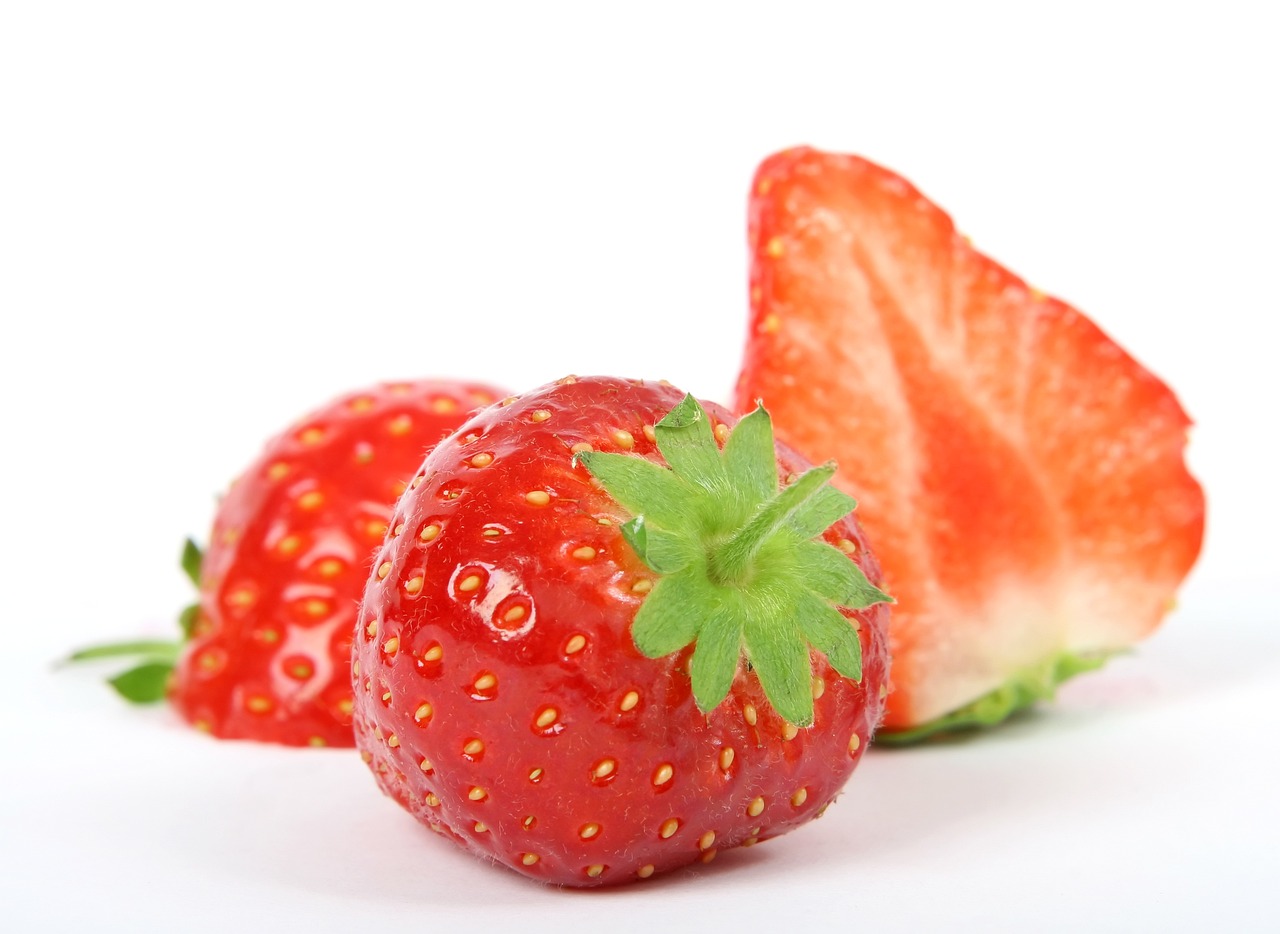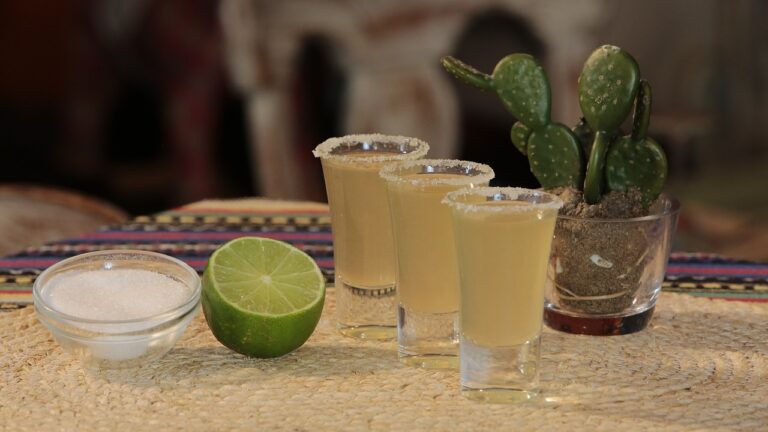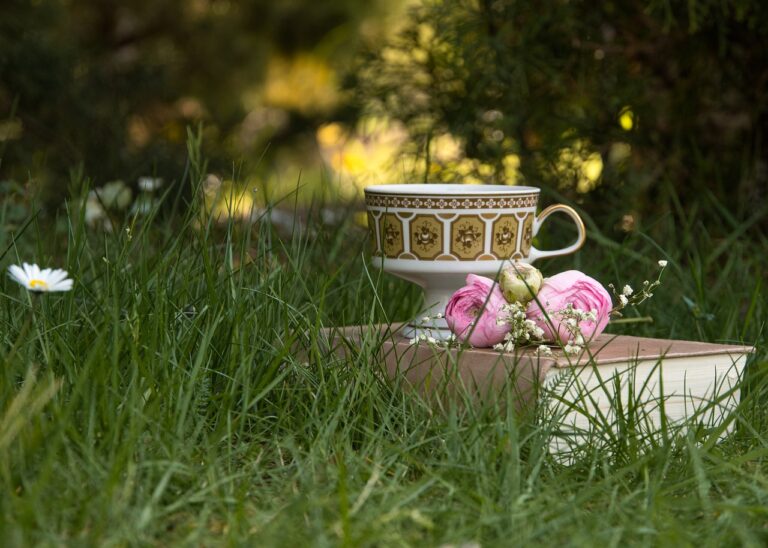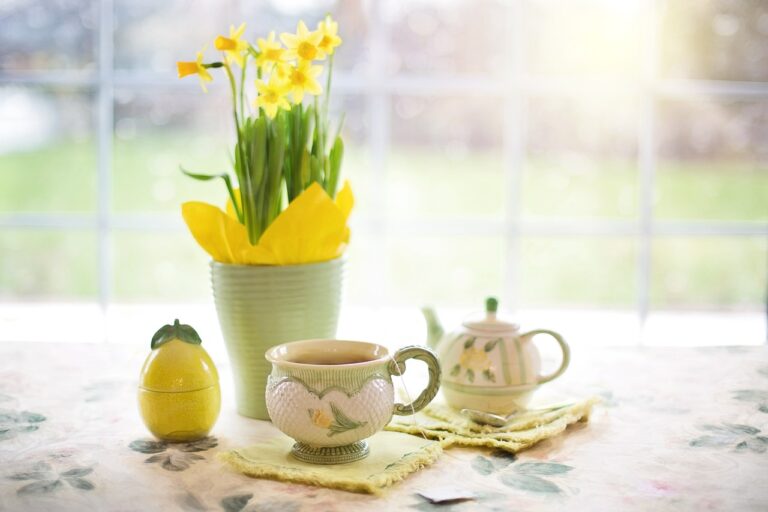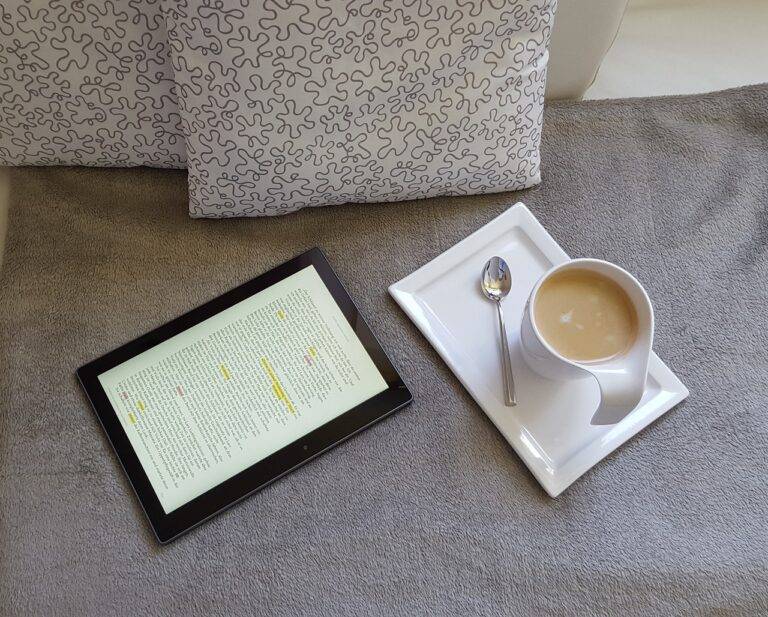Nature-Inspired: Organic Flooring Materials for Biophilic Design
11xplay sign up login password, www laser247.com, tiger exchange 247:Nature-Inspired: Organic Flooring Materials for Biophilic Design
In recent years, biophilic design has gained popularity in various industries, including architecture and interior design. This design approach focuses on incorporating elements of nature into buildings and spaces to create a more harmonious and productive environment. One crucial aspect of biophilic design is the use of organic materials, such as wood, stone, and plants, to bring the outdoors inside.
When it comes to flooring materials, there are several organic options available that can help enhance the overall biophilic design of a space. In this article, we will explore some of the nature-inspired flooring materials that are perfect for creating a biophilic design in your home or office.
Wood Flooring
Wood flooring is one of the most popular choices for those looking to incorporate natural elements into their space. Wood floors bring warmth, texture, and a sense of natural beauty to any room. There are many different types of wood flooring to choose from, including hardwoods like oak, maple, and cherry, as well as softer woods like pine and bamboo.
Hardwood flooring is known for its durability and timeless appeal. These floors can last for decades with proper care and maintenance, making them a great investment for any space. Hardwoods also come in a variety of finishes and stains, allowing you to customize the look of your floors to match your overall design aesthetic.
For those looking for a more sustainable option, bamboo flooring is an excellent choice. Bamboo is a fast-growing grass that is renewable and eco-friendly. Bamboo floors are durable, easy to maintain, and come in a range of colors and styles to suit any design preference.
Stone Flooring
Stone flooring is another popular option for those seeking a nature-inspired look. Natural stone, such as marble, granite, and limestone, can add a sense of luxury and sophistication to any space. Stone floors are durable, easy to clean, and come in a variety of colors and patterns.
One of the most significant benefits of stone flooring is its natural variations. No two pieces of stone are alike, meaning that each floor is unique and adds character to a room. Stone floors are also known for their longevity, making them a sustainable choice for environmentally conscious consumers.
Cork Flooring
Cork flooring is a unique and eco-friendly option for those looking to incorporate organic materials into their space. Cork is harvested from the bark of cork oak trees, making it a renewable and sustainable resource. Cork floors are soft underfoot, insulating, and naturally resistant to mold, mildew, and pests.
One of the benefits of cork flooring is its sound-absorbing properties. Cork floors help reduce noise levels in a room, making them an excellent choice for high-traffic areas or multi-level buildings. Cork floors also come in a variety of colors and patterns, allowing for creative design possibilities.
Grasscloth Flooring
Grasscloth flooring is a lesser-known option for those seeking a unique and natural look. Grasscloth is made from woven grass fibers, such as sisal, seagrass, or jute, creating a textured and earthy feel underfoot. Grasscloth floors are durable, moisture-resistant, and sustainable.
One of the benefits of grasscloth flooring is its natural variations and imperfections. Grasscloth floors have a raw and organic look that adds warmth and texture to a space. Grasscloth floors are also low maintenance and can be easily cleaned with a vacuum or a dry mop.
FAQs
What are the benefits of using organic flooring materials in biophilic design?
Using organic flooring materials in biophilic design can help create a more natural and harmonious environment. Organic materials, such as wood, stone, and cork, bring the beauty and warmth of nature into a space, promoting health and well-being. These materials are also sustainable, durable, and easy to maintain, making them a long-lasting and eco-friendly choice for any design project.
How can I incorporate biophilic design into my home or office?
There are many ways to incorporate biophilic design into your home or office, including using organic materials like wood, stone, and plants, maximizing natural light, and incorporating views of nature. You can also incorporate water features, natural textures, and earth tones to create a more natural and calming environment. By incorporating these elements, you can create a space that promotes productivity, creativity, and well-being.
In conclusion, nature-inspired flooring materials are a great way to enhance the biophilic design of a space. Whether you choose wood, stone, cork, or grasscloth flooring, each material offers unique benefits that can help create a more natural and harmonious environment. By incorporating organic materials into your design project, you can create a space that promotes health, well-being, and sustainability, while also adding beauty and warmth to your home or office.

